Rheumatism: Its History from Paleo-Pathology to the Advent of Experimental Science
Beginning with paleo-pathologic evidence of diseases in ancient Egypt that now are considered rheumatologic, the history of the development of beliefs and concepts of “rheumatism” is traced from about 1000 BCE to the beginning of relevant experiment-based science in mid-19th century. An introduction traces the etymology and modern introduction of “rheum.” The main text is divided chronologically into five chapters, each with detailed references. These, as far as possible, come from primary sources, with an emphasis placed on historically revealing quotations. Chapter 1 describes paleo-pathology and the earliest written record to 800 CE; chapter 2 covers the “Dark Ages” to Renaissance (900 – mid 16th century). Chapter 3 discusses the beginning of scientific observations in the 17th century. Chapter 4 includes 18th to early 19th century shedding of ancient concepts to the beginning of modern quantitative science. Finally, chapter 5 chronicles the recognition of uric acid and its relationship to gout. This overlaps with chapter 4 and brings the gout part of the story to the late 20th century. A glossary of terms that may be unfamiliar to some readers is appended. While this pre-scientific history of medicine is focused on the development of the concept of rheumatism, the philosophic timeline is applicable to Western medicine in general.
{{comment.content}}
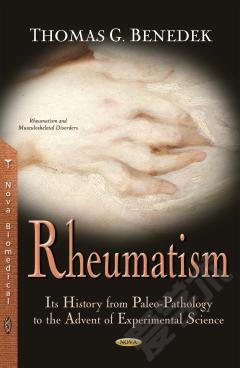
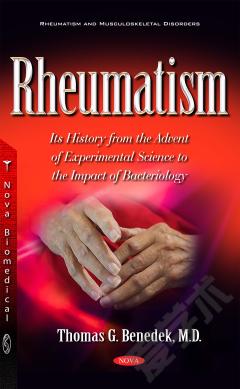

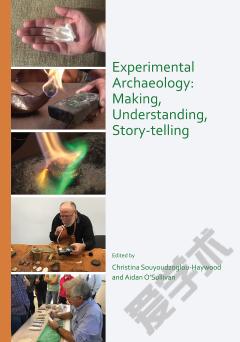
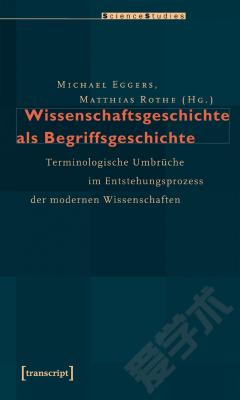
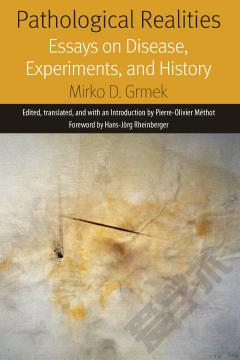
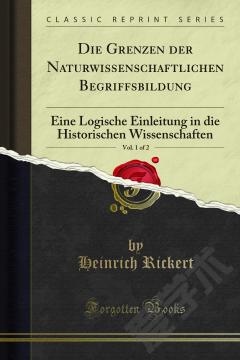

 京公网安备 11010802027623号
京公网安备 11010802027623号